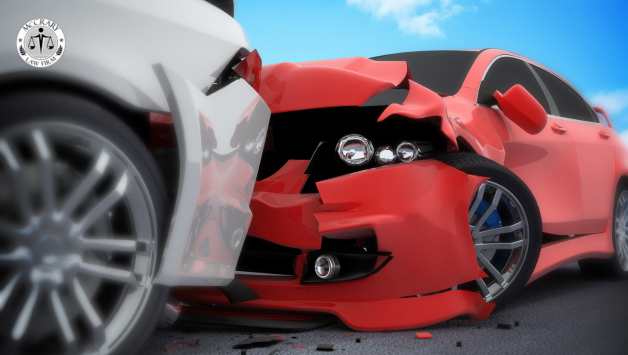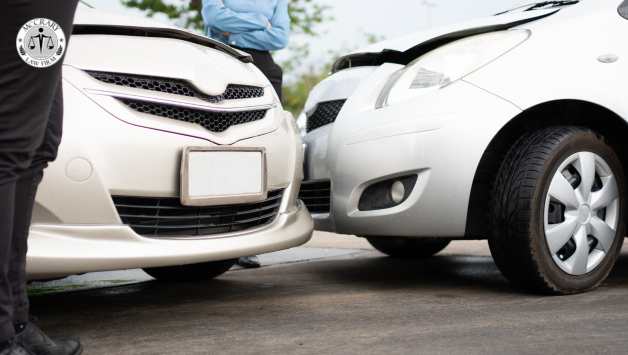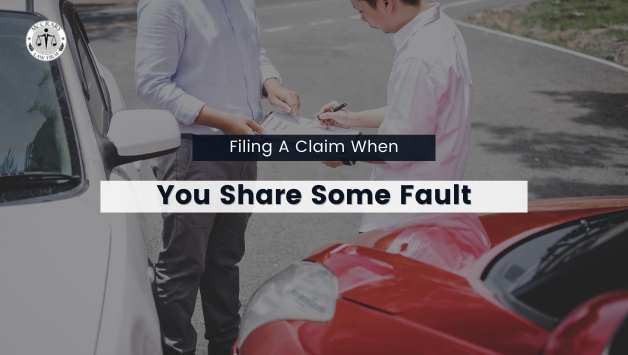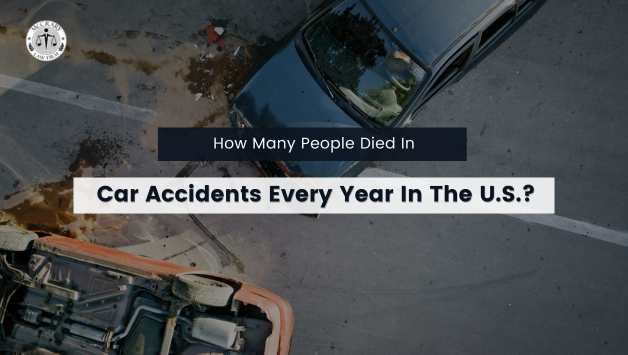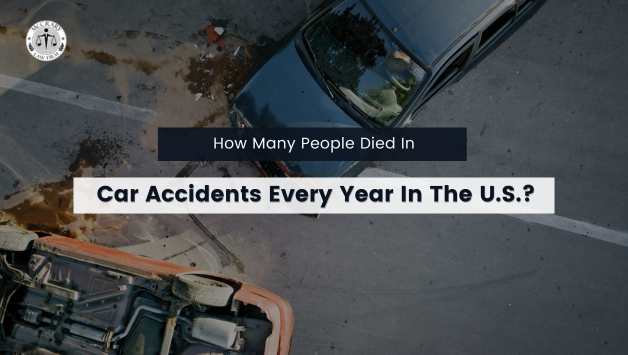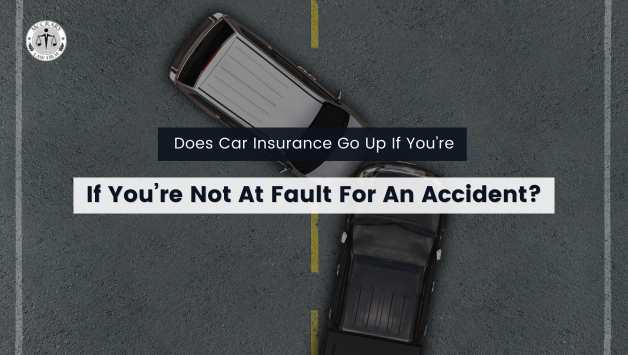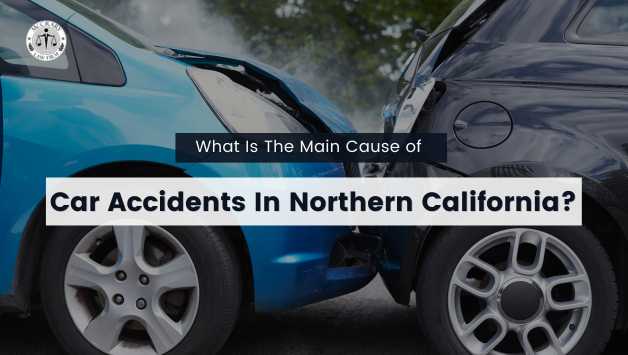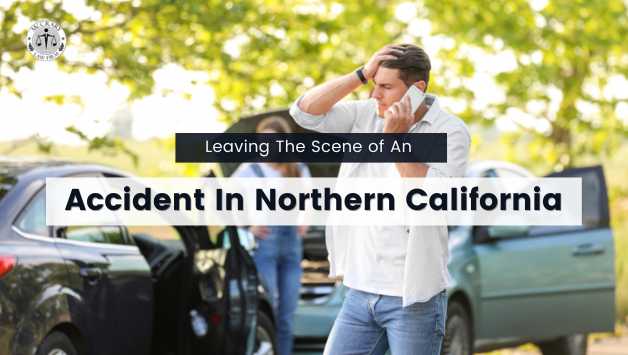How To Prove You Are Not At Fault In A Car Accident? Simple Steps!
What Does A Car Accident Lawyer Do? A Detailed Guide!
By Dan McCrary | May 25, 2024
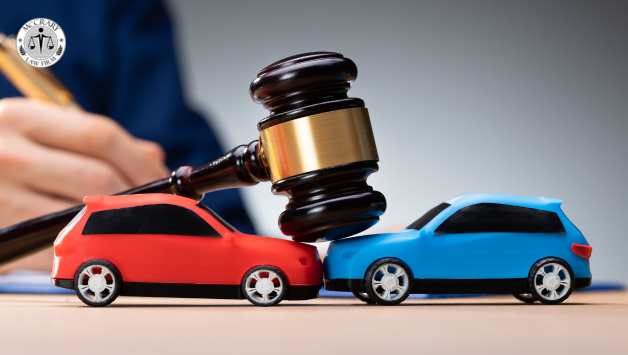
You can file a claim in case of a car accident without help from a lawyer, but is it advisable? The short answer is NO! Research shows that people who hire lawyers receive better compensation – to be precise, around 3.5 times more than those who don’t.
This difference isn’t a coincidence. Experienced lawyers are familiar with all the ins and outs of the law, skilled in negotiating with insurers, and knowledgeable about determining the appropriate settlement amount, which leads to securing larger settlements.
That’s why legal experts universally recommend hiring a lawyer for accident cases. To help you make the decisions, we’ll discuss what a car accident lawyer does. So, let’s get into the details without further ado!
What Is The Role of A Car Accident Lawyer? Brief Overview
The main role of a car accident lawyer is to provide legal assistance from the beginning (right after the accident) to the end of the case. You can consult with a lawyer about your case, and they’ll advise you on the best course of action, including what type of claim is valid in your case.
Besides guiding the claim, car accident lawyers provide insights into what evidence you need to strengthen your claim. They’ll skillfully negotiate with insurers about the compensation amount with strong evidence.
Thanks to their negotiation and case-handling skills, the insurer must provide rightful compensation for the claim, which usually doesn’t happen. When there’s no lawyer, insurers usually try to blame you to reduce the settlement amount.
6 Ways A Car Accident Lawyer Helps Accident Victim
Below are the six ways a car accident lawyer helps accident victims.
1. Legal Guidance & Expertise
The most important job of a car accident lawyer is providing legal guidance. Not everyone is well-versed in the intricacies of the law or knows which claims to pursue following an accident, and that’s where a lawyer can help.
A lawyer would assess your case and assist with what claims are valid for your accident case. Their expertise ensures you’re on the right path to acquiring compensation for the loss.
Have a question?
We’re here to help 24/7.
Call or Text Us Now (855) 752-6326
2. Case Evaluation and Strategy
After taking on a case, the next step for a lawyer is conducting a comprehensive evaluation and creating a strategic plan. Lawyers examine every aspect of the case, from gathering evidence to how much you were involved in the case and so forth.
Afterwards, they devise a strategic plan specifically for your case. For instance, you need to know what evidence you need and how you can get that evidence, and you need to interview the witnesses to achieve the best possible outcome.
3. Maximizing Compensation
One of the common issues we’ve noticed in car accident claims handled without a lawyer is that drivers often lack awareness of the full scope of compensation. Sometimes, they may only request compensation for vehicle damage and medical expenses.
However, according to the law, you can seek compensation for various damages, including pain and suffering and loss of income. This won’t happen if you have an experienced lawyer, as they know what to include to maximize the compensation.
4. Navigating Insurance Processes
Lawyers also assist in navigating the insurance process, which is where many individuals fail. The insurers who oversee the claims are skilled at finding loopholes and using them to reduce compensation.
If you don’t have a lawyer by your side, you’ll be unable to negotiate with the insurer and might agree to the low compensation. However, this isn’t the case with a lawyer, as they ensure to protect your rights and secure fair compensation for the loss.
5. Evidence Gathering and Preservation
Evidence gathering and its preservation are important tasks in car accident claim cases. The case outcome depends on your investigation and the evidence you collect, yet many individuals stumble at this crucial stage due to their limited knowledge.
They’re unsure what evidence to look for and how it can strengthen their case. However, with an experienced lawyer, this process becomes much easier. Your lawyer not only assists you in finding the evidence but also guides you about its relevance in supporting your claim.
6. Litigation Representation
Litigation representation isn’t necessary in all cases, as many accident cases are resolved outside of court; there are instances where legal action becomes unavoidable. This typically occurs when insurers refuse to provide the compensation you want.
While it’s possible to represent yourself in court, enlisting a lawyer’s expertise is strongly recommended. A skilled attorney brings invaluable experience to the table and advocates for you in the courtroom, working tirelessly to secure a favorable outcome.
Personal Injury
Car Accident
Dog Bite
Motorcycle Accident
Truck Accident
Uber or Lyft
Wrongful Death
Latest News
What Does A Car Accident Lawyer Do? Final Thoughts
In summary, a car accident lawyer plays a crucial role in helping accident victims. They provide important legal advice, help maximize compensation, and guide you through the complexities of dealing with insurance companies.
By hiring a car accident lawyer, you can navigate the legal process more effectively and work towards a fair outcome for your case. You can fill our form for a complimentary consultation. Our team will promptly reach out to schedule a meeting at your convenience.
FREE CONSULTATION 24/7, NO FEES UNTIL WE WIN .
Call or Text Us Now (855) 752-6326



